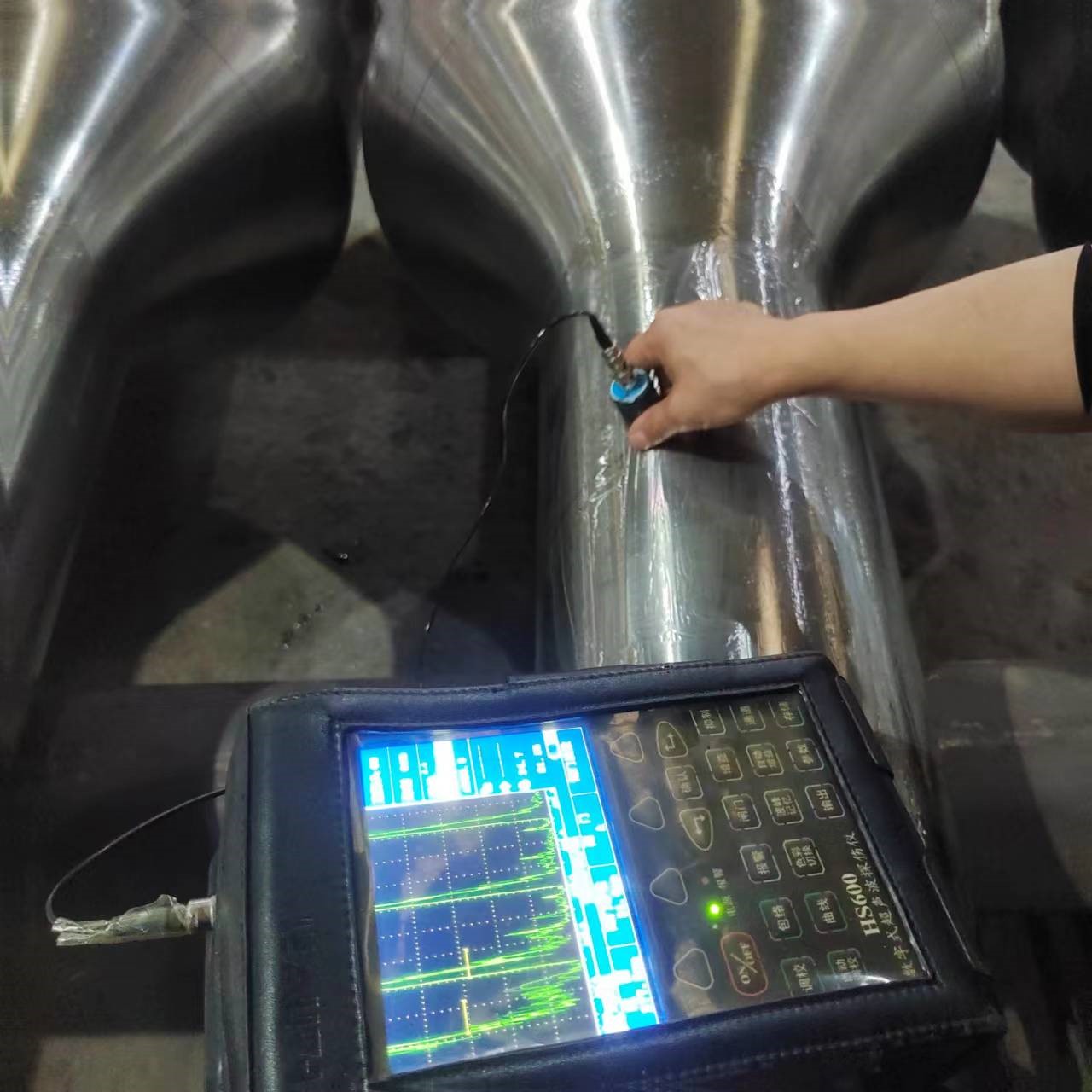- Chemical Composition: Elements other than the major ones with a content greater than 0.10 wt% must be included in the chemical composition report.
- Steel Ingot Re-inspection: Upon arrival at the factory, steel ingots must undergo chemical composition re-inspection, with grain size and cleanliness reported. The final product’s composition and metallographic results are based on the re-inspection report. The forging ratio should meet relevant standards.
- Forging Requirements: Forging must be performed using hydraulic or water presses. The use of electro-hydraulic hammers, air hammers, or fast forging machines is prohibited.
- Heat Treatment Requirements: The starting and ending temperatures of the quenching medium must be recorded, and a heat treatment curve should be provided.
- Test Block Requirements: Each heat treatment batch should include a connected test block for performance inspection. From one test block, three φ20×200mm test rods should be sampled at a position 1 inch below the surface for customer re-inspection.
- Hardness Testing: The surface hardness of impact test blocks must be measured using a bench hardness tester and documented in the performance report.
- Impact Testing: For Charpy V-notch impact testing, samples should be taken longitudinally with radial V-notch cuts at room temperature (20°C / 70°F), with three tests conducted.
- Grain Size: The grain size should be Grade 5 or better.
- Cleanliness: Inclusions should be measured according to ASTM E45 Method A or C.
- No Welding on Forgings.
- Ultrasonic Testing: Ultrasonic testing should follow the procedures outlined in ASTM A388 for flat-bottom holes, including both direct and angled inspections.
- Hardness Testing Method: Should follow ASTM E10 standards.
- Tensile Testing: Should follow ASTM A370 standards using the 0.2% offset method and standard test specimens.
- Other Requirements: Any unmentioned requirements should comply with API 7 standards.
- Product Marking: Products must be marked at the ends with specifications, smelting furnace number, heat treatment furnace number, and stabilizer number.
- Packaging Requirements: The product surface should be coated with anti-rust oil and tightly wrapped in plastic, ensuring no leakage. The ends should be wrapped in felt to prevent impact. The outer packaging should use metal frames coated with anti-rust paint.
- Inspection Reports: Complete inspection reports must accompany the products.
Post time: Apr-25-2025





